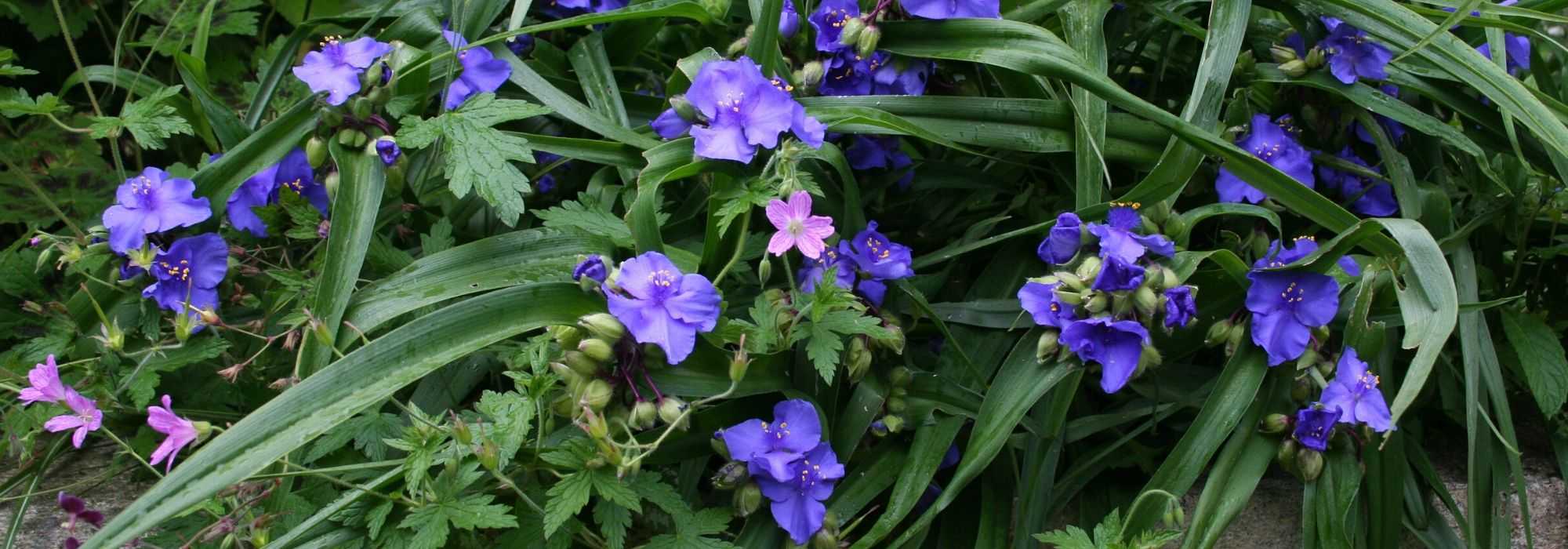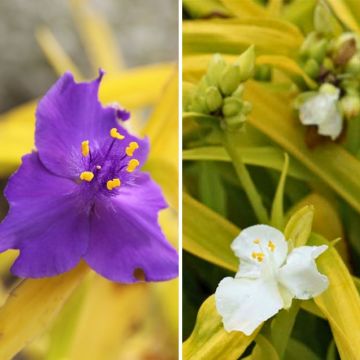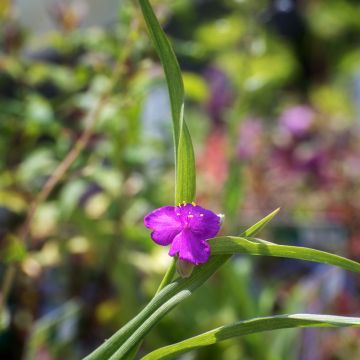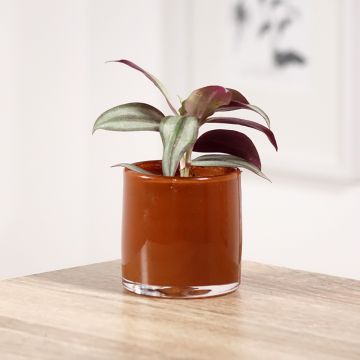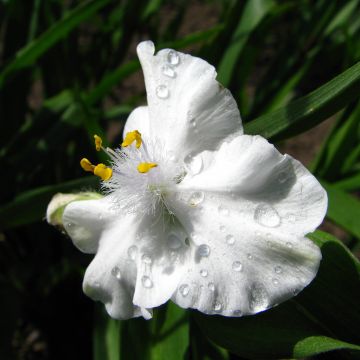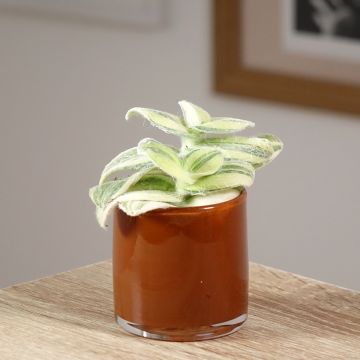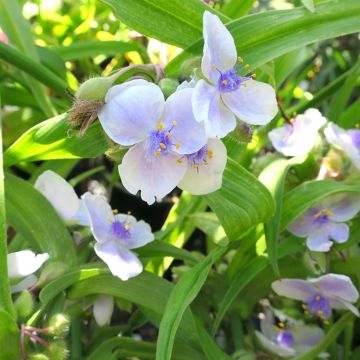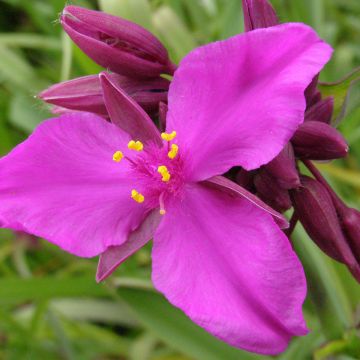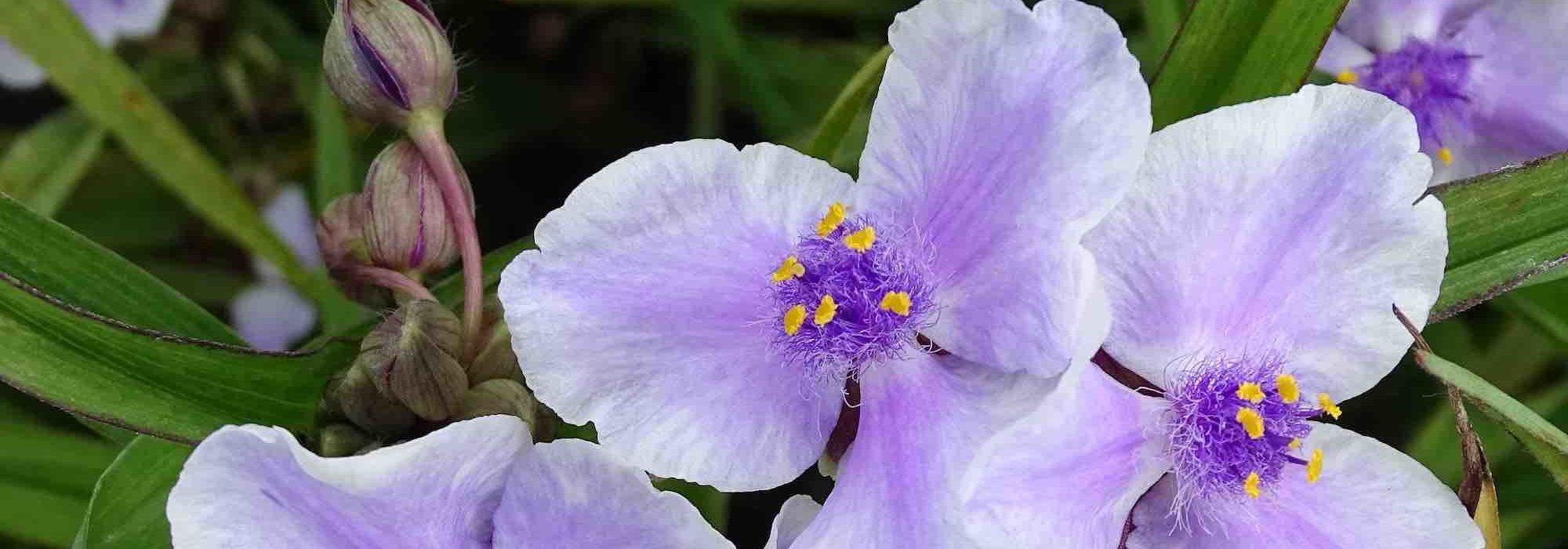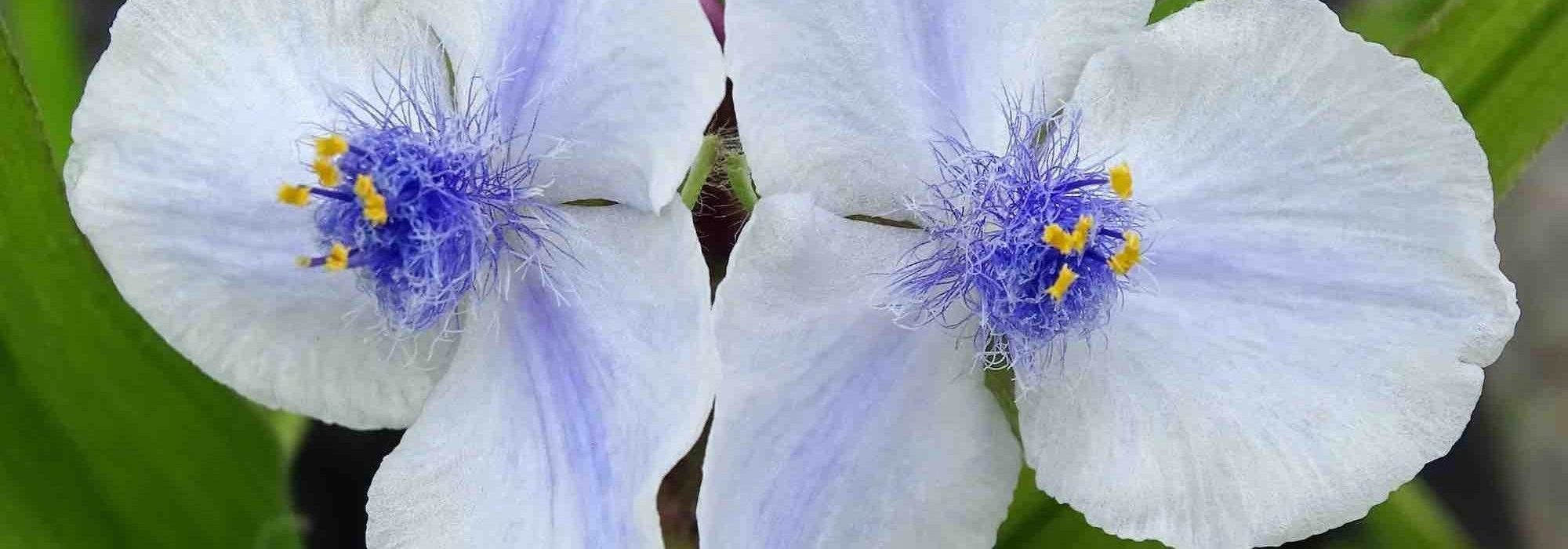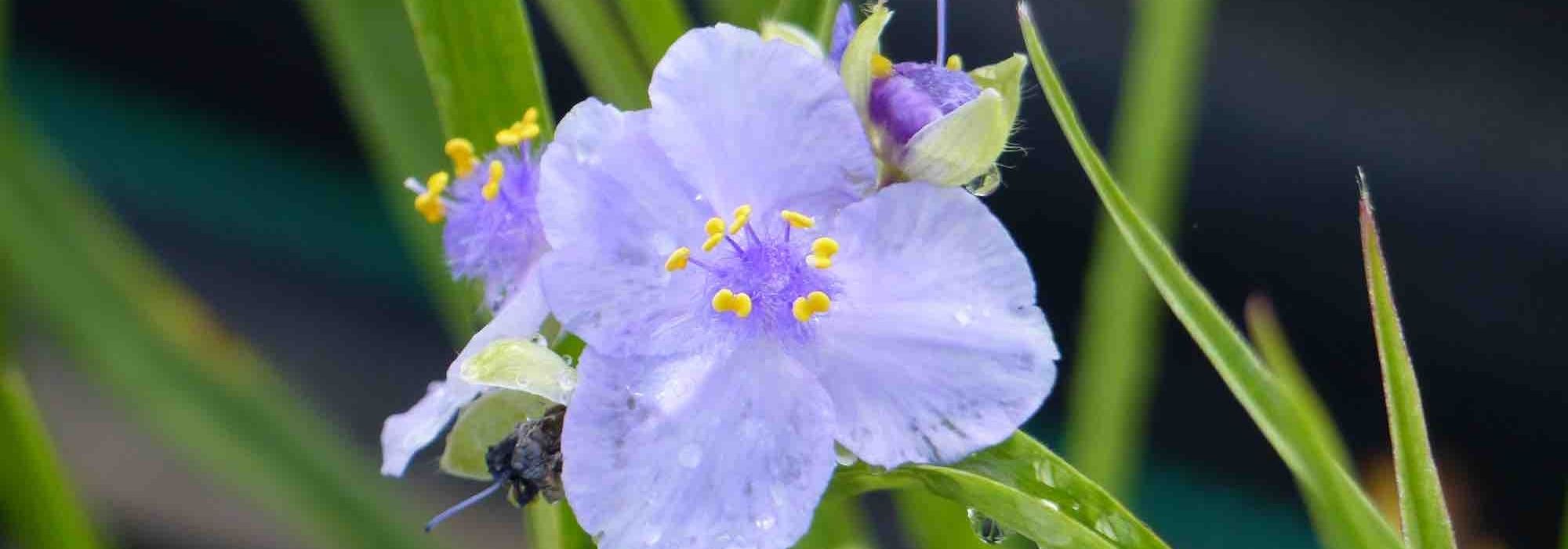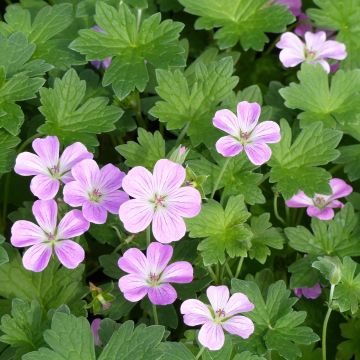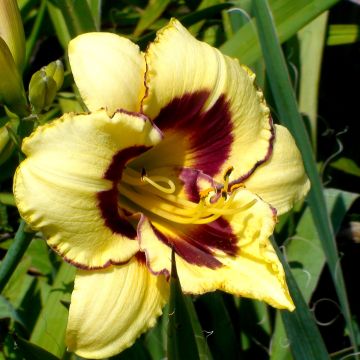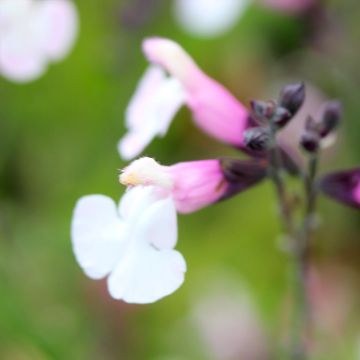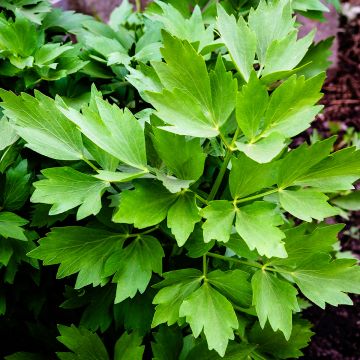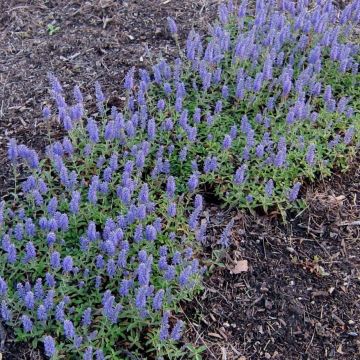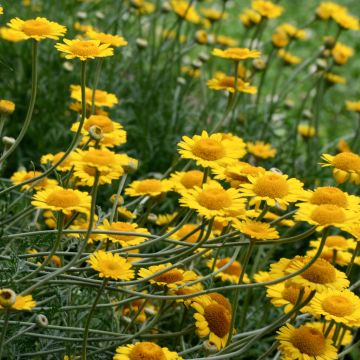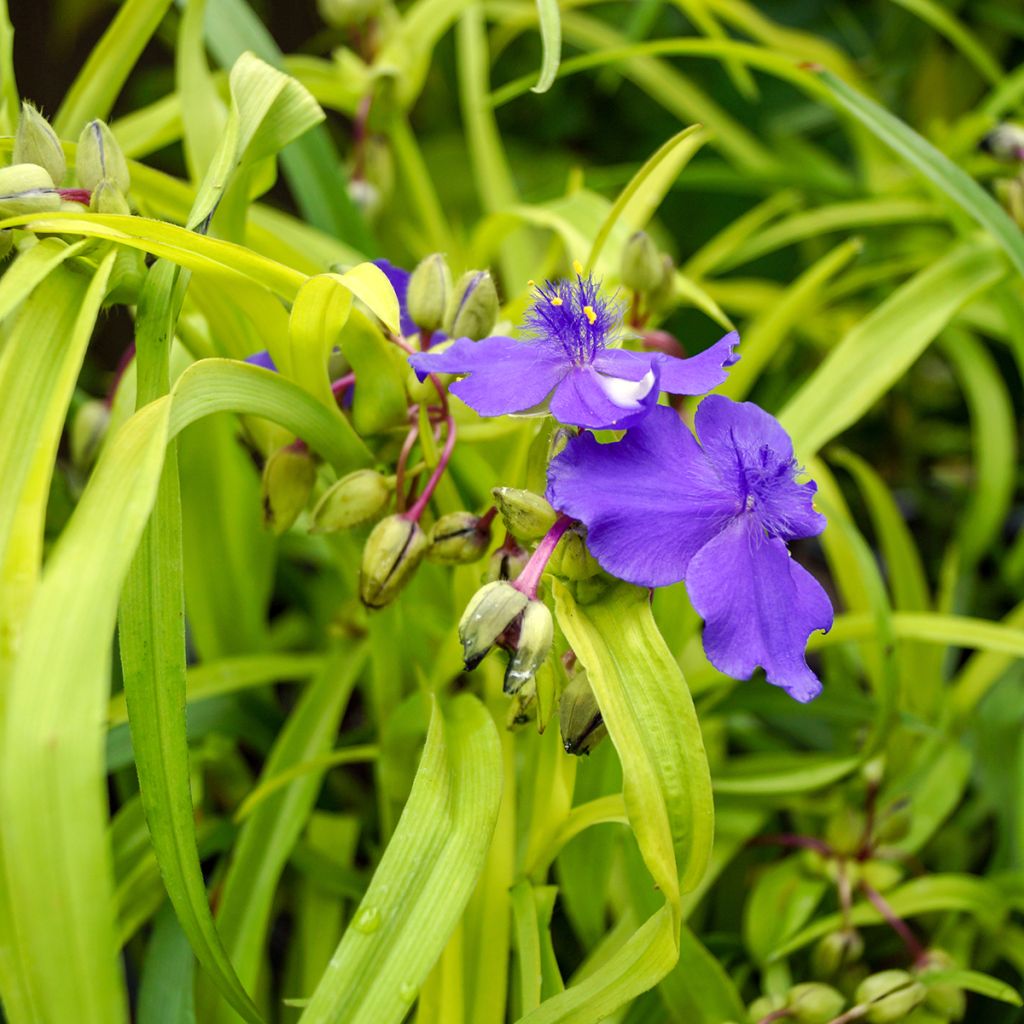

Tradescantia Sweet Kate - Spiderwort
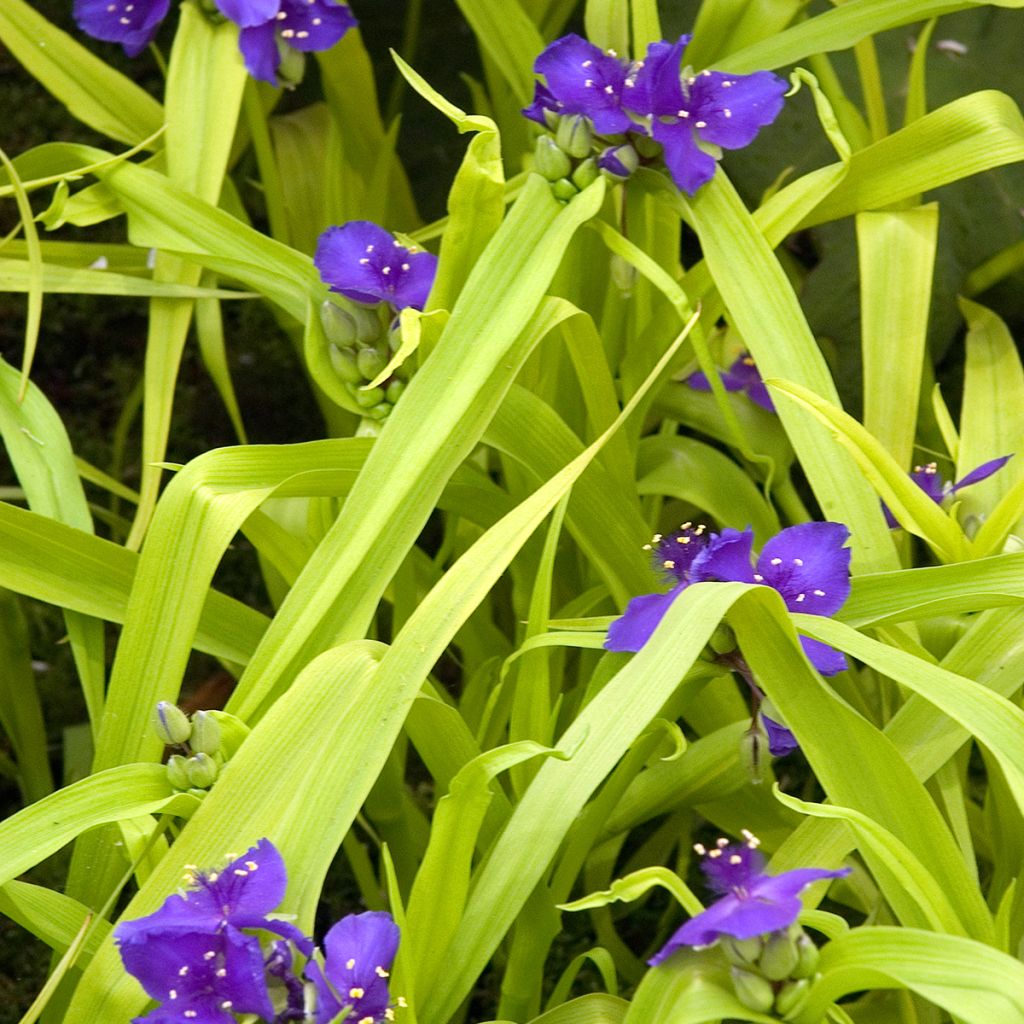

Tradescantia Sweet Kate - Spiderwort
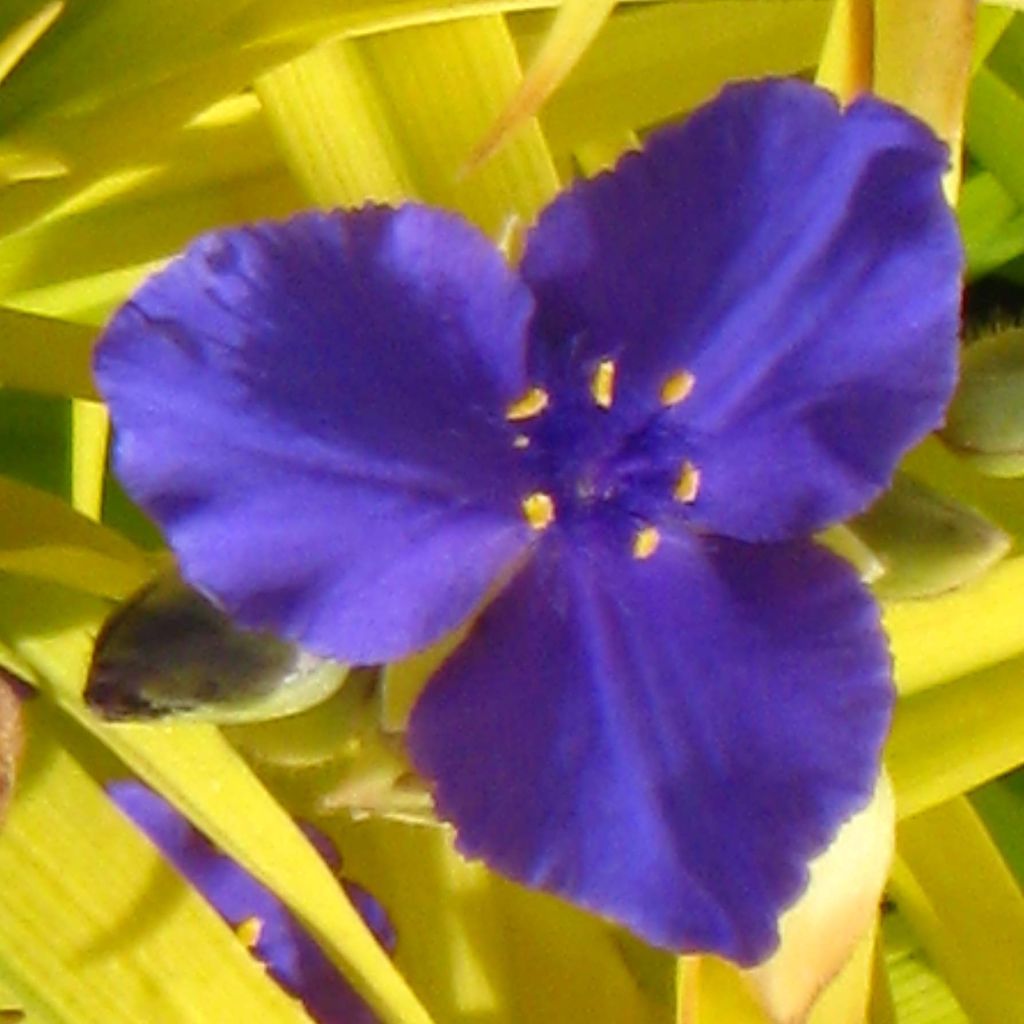

Tradescantia Sweet Kate - Spiderwort
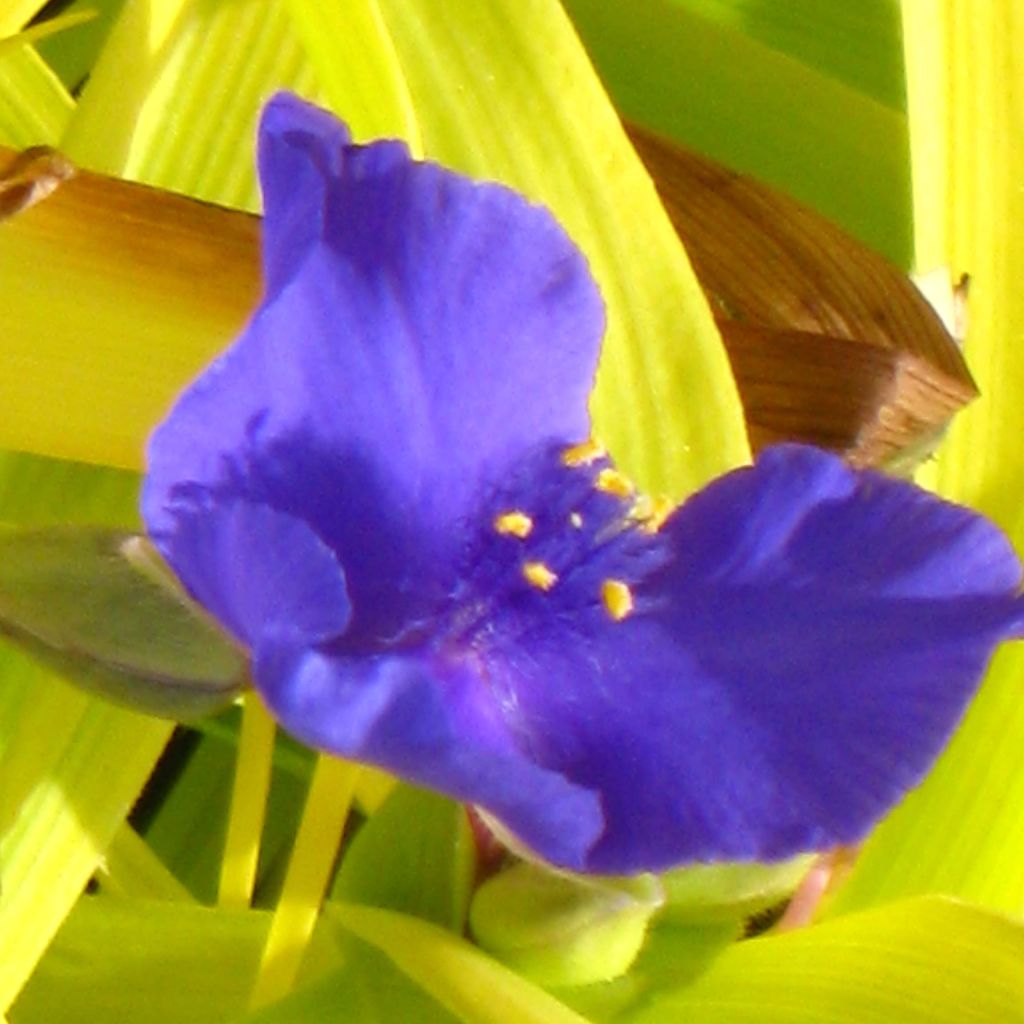

Tradescantia Sweet Kate - Spiderwort
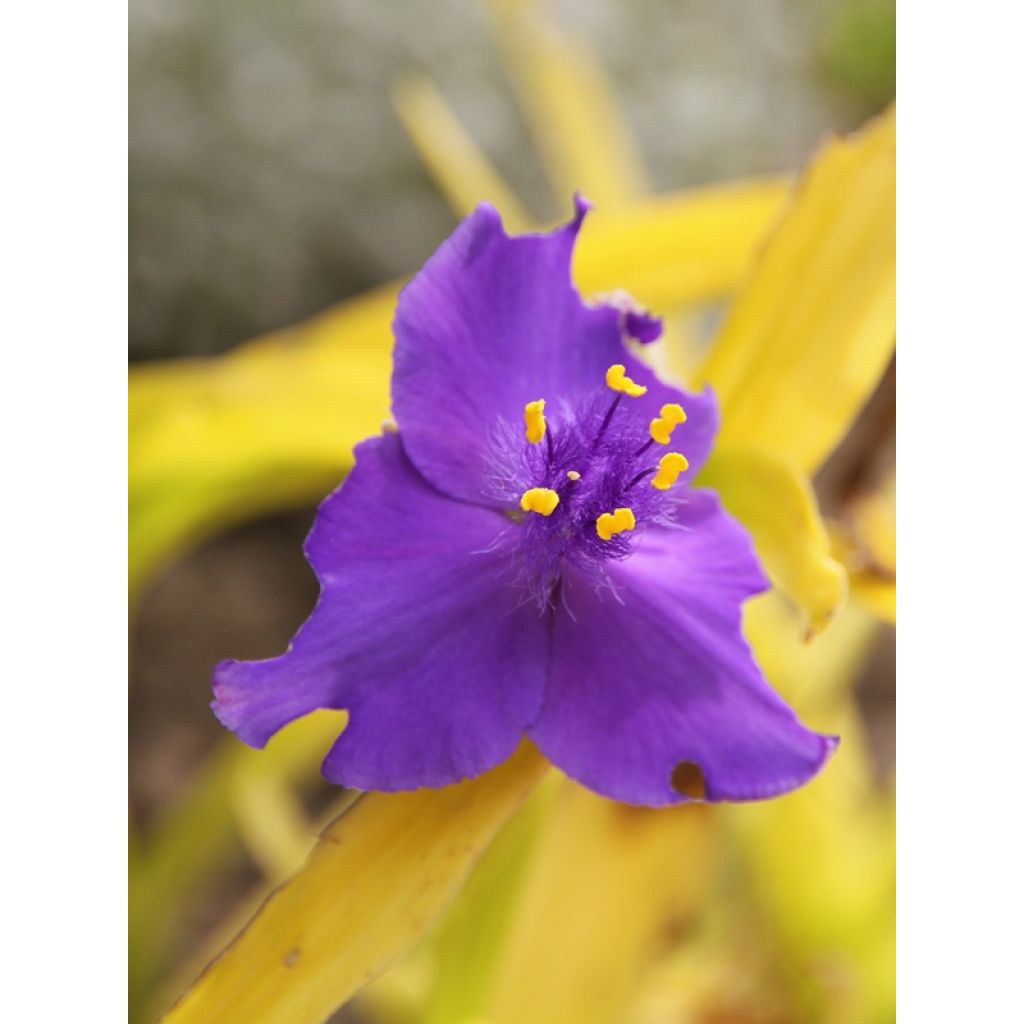

Tradescantia Sweet Kate - Spiderwort
View more pictures
Hide images

Elise A.

Elise A. • 51 FR
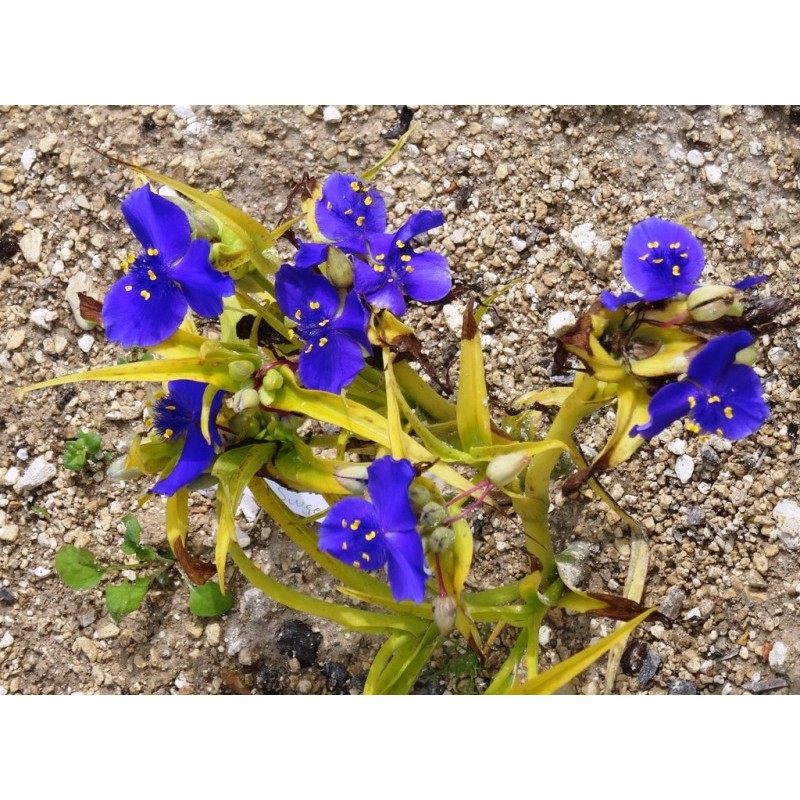
Elise A.

Elise A. • 51 FR
Tradescantia Sweet Kate - Spiderwort
Tradescantia x andersoniana Sweet Kate
Spiderwort, Spider lily
Very well packaged. Young plants of excellent quality. Fresh root ball. Lovely packaging. I highly recommend.
Julien, 22/04/2022
Special offer!
Receive a €20 voucher for any order over €90 (excluding delivery costs, credit notes, and plastic-free options)!
1- Add your favorite plants to your cart.
2- Once you have reached €90, confirm your order (you can even choose the delivery date!).
3- As soon as your order is shipped, you will receive an email containing your voucher code, valid for 3 months (90 days).
Your voucher is unique and can only be used once, for any order with a minimum value of €20, excluding delivery costs.
Can be combined with other current offers, non-divisible and non-refundable.
Home or relay delivery (depending on size and destination)
Schedule delivery date,
and select date in basket
This plant carries a 12 months recovery warranty
More information
We guarantee the quality of our plants for a full growing cycle, and will replace at our expense any plant that fails to recover under normal climatic and planting conditions.

Would this plant suit my garden?
Set up your Plantfit profile →
Description
Tradescantia andersoniana 'Sweet Kate' is a stunning and bright plant from Virginia. This variety combines unique foliage, made of golden ribbons, with abundant intense blue flowering, celebrating a perfect union between two complementary shades all summer. A true spot of colourful light, this hardy perennial will thrive in moist and semi-shaded conditions, or along the edge of a pond.
'Sweet Kate' is a hybrid of Tradescantia with origins in both Americas (Tradescantia ohiensis, T.subaspera, T virginiana). It belongs to the commelinaceae family. It forms an upright clump 40 cm (16in) tall and spreads over 50 cm (20in). Its superb golden yellow, grass-like foliage emerges in spring and develops into a dense clump. Flowering begins in June and lasts throughout the summer with flat blue-violet flowers, with contrasting yellow stamens, original and pure in their simplicity. They bloom in pairs and are carried in terminal cymes at the top of stiff stems. Each flower only 'lives' for a few hours, but they continuously renew themselves above the foliage.
Easy to grow and maintain, you can plant Tradescantia andersoniana 'Sweet Kate' in humus-rich, moist to wet soil. This plant prefers semi-shade where it will fully show its colours. In full sun, regular watering will be essential. In a moist rock garden, at the foot of a shady wall, in woodland or borders, its blue flowers surrounded by gold will brighten up all small shaded areas. This perennial will thrive in wet ground along stream banks or ponds, with Carex, tiarellas, Persicaria vacciniifolia, Primula bulleyana or Ophiopogon japonicus. It also grows well in pots, regularly watered in semi-shade.
Tradescantia Sweet Kate - Spiderwort in pictures


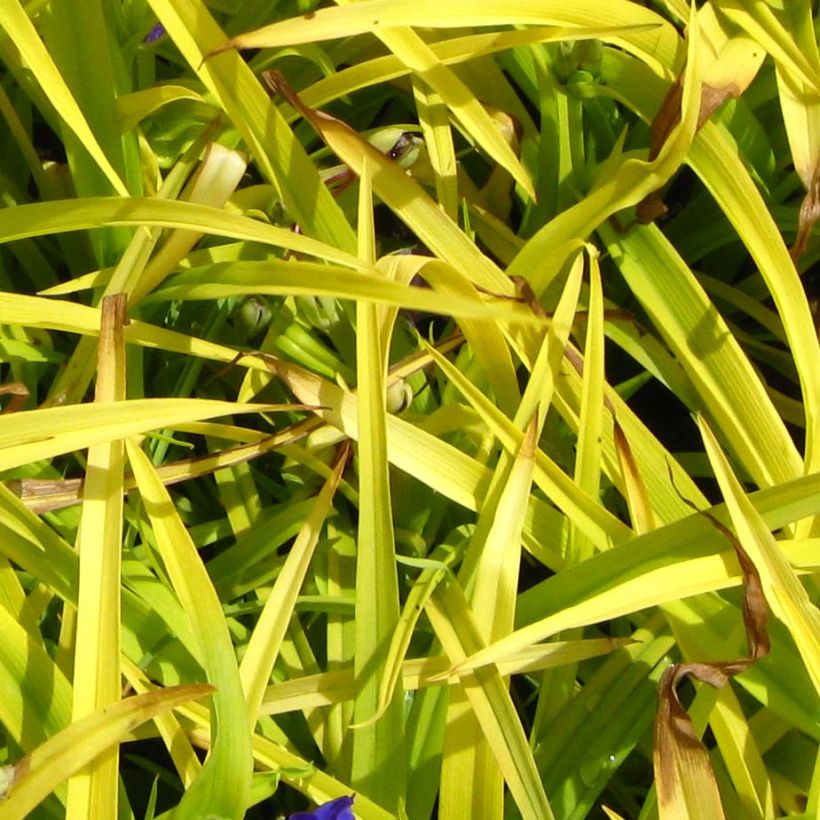



Flowering
Foliage
Plant habit
Botanical data
Tradescantia
x andersoniana
Sweet Kate
Commelinaceae
Spiderwort, Spider lily
Cultivar or hybrid
Other Tradescantia - Spiderwort
View all →Planting and care
Easy to grow and maintain, you can plant Tradescantia andersoniana 'Sweet Kate' in humus-rich, moist to wet, slightly acidic, neutral or slightly alkaline soil. This plant prefers a semi-shaded exposure. In full sun, regular watering will be essential. To ensure continuous flowering until winter, cut the faded flowers. The foliage can be cut back to the ground in November. Young shoots are sensitive to damage caused by snails and slugs, so be sure to protect them. When the foliage starts to develop brown spots it is a good idea to replace the plant, as it is gradually degenerating. This plant does not like the root competition of perennial suckers or runners.
Planting period
Intended location
Care
Planting & care advice
-
, onOrder confirmed
Reply from on Promesse de fleurs
Similar products
Haven't found what you were looking for?
Hardiness is the lowest winter temperature a plant can endure without suffering serious damage or even dying. However, hardiness is affected by location (a sheltered area, such as a patio), protection (winter cover) and soil type (hardiness is improved by well-drained soil).

Photo Sharing Terms & Conditions
In order to encourage gardeners to interact and share their experiences, Promesse de fleurs offers various media enabling content to be uploaded onto its Site - in particular via the ‘Photo sharing’ module.
The User agrees to refrain from:
- Posting any content that is illegal, prejudicial, insulting, racist, inciteful to hatred, revisionist, contrary to public decency, that infringes on privacy or on the privacy rights of third parties, in particular the publicity rights of persons and goods, intellectual property rights, or the right to privacy.
- Submitting content on behalf of a third party;
- Impersonate the identity of a third party and/or publish any personal information about a third party;
In general, the User undertakes to refrain from any unethical behaviour.
All Content (in particular text, comments, files, images, photos, videos, creative works, etc.), which may be subject to property or intellectual property rights, image or other private rights, shall remain the property of the User, subject to the limited rights granted by the terms of the licence granted by Promesse de fleurs as stated below. Users are at liberty to publish or not to publish such Content on the Site, notably via the ‘Photo Sharing’ facility, and accept that this Content shall be made public and freely accessible, notably on the Internet.
Users further acknowledge, undertake to have ,and guarantee that they hold all necessary rights and permissions to publish such material on the Site, in particular with regard to the legislation in force pertaining to any privacy, property, intellectual property, image, or contractual rights, or rights of any other nature. By publishing such Content on the Site, Users acknowledge accepting full liability as publishers of the Content within the meaning of the law, and grant Promesse de fleurs, free of charge, an inclusive, worldwide licence for the said Content for the entire duration of its publication, including all reproduction, representation, up/downloading, displaying, performing, transmission, and storage rights.
Users also grant permission for their name to be linked to the Content and accept that this link may not always be made available.
By engaging in posting material, Users consent to their Content becoming automatically accessible on the Internet, in particular on other sites and/or blogs and/or web pages of the Promesse de fleurs site, including in particular social pages and the Promesse de fleurs catalogue.
Users may secure the removal of entrusted content free of charge by issuing a simple request via our contact form.
The flowering period indicated on our website applies to countries and regions located in USDA zone 8 (France, the United Kingdom, Ireland, the Netherlands, etc.)
It will vary according to where you live:
- In zones 9 to 10 (Italy, Spain, Greece, etc.), flowering will occur about 2 to 4 weeks earlier.
- In zones 6 to 7 (Germany, Poland, Slovenia, and lower mountainous regions), flowering will be delayed by 2 to 3 weeks.
- In zone 5 (Central Europe, Scandinavia), blooming will be delayed by 3 to 5 weeks.
In temperate climates, pruning of spring-flowering shrubs (forsythia, spireas, etc.) should be done just after flowering.
Pruning of summer-flowering shrubs (Indian Lilac, Perovskia, etc.) can be done in winter or spring.
In cold regions as well as with frost-sensitive plants, avoid pruning too early when severe frosts may still occur.
The planting period indicated on our website applies to countries and regions located in USDA zone 8 (France, United Kingdom, Ireland, Netherlands).
It will vary according to where you live:
- In Mediterranean zones (Marseille, Madrid, Milan, etc.), autumn and winter are the best planting periods.
- In continental zones (Strasbourg, Munich, Vienna, etc.), delay planting by 2 to 3 weeks in spring and bring it forward by 2 to 4 weeks in autumn.
- In mountainous regions (the Alps, Pyrenees, Carpathians, etc.), it is best to plant in late spring (May-June) or late summer (August-September).
The harvesting period indicated on our website applies to countries and regions in USDA zone 8 (France, England, Ireland, the Netherlands).
In colder areas (Scandinavia, Poland, Austria...) fruit and vegetable harvests are likely to be delayed by 3-4 weeks.
In warmer areas (Italy, Spain, Greece, etc.), harvesting will probably take place earlier, depending on weather conditions.
The sowing periods indicated on our website apply to countries and regions within USDA Zone 8 (France, UK, Ireland, Netherlands).
In colder areas (Scandinavia, Poland, Austria...), delay any outdoor sowing by 3-4 weeks, or sow under glass.
In warmer climes (Italy, Spain, Greece, etc.), bring outdoor sowing forward by a few weeks.






























